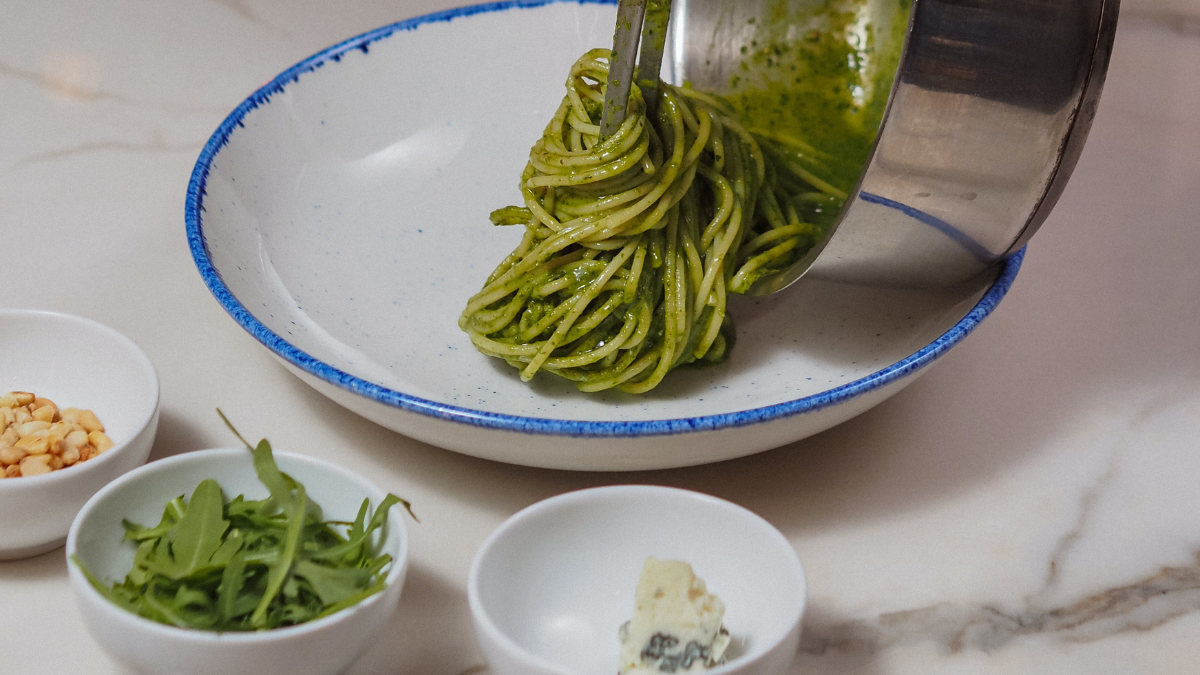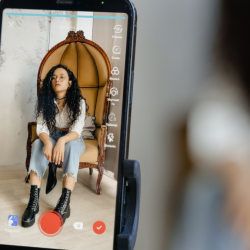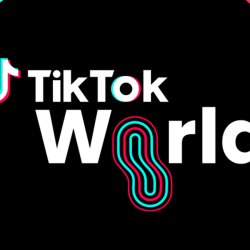‘Call me crazy if you want, but I never liked store-bought pesto.’
On face value, this quote from a video recipe for home-made pesto on TikTok seems pretty innocent and unremarkable. It certainly doesn’t seem like a natural way to segue into a long and deeply personal story. And yet, that is exactly what has been happening on TikTok recently. In the weeks since it was first shared, the original video by foodie creator Susi Vidal has amassed over 17M views. Even more notable is that the hashtag #susipesto has surpassed 100M views, although not for a reason you would naturally expect. Users across TikTok have been stitching the video, using that single line as a prompt to share their most ‘crazy’ and revelatory stories, which range from divorces and near-death experiences to finding a neighbour’s dead body.
This is just the latest in a series of trends that have seen people using seemingly innocuous or incongruous vehicles to share intimate and often remarkable stories online. We have seen creators using GRWM (get ready with me) videos to open up about everything from their nan’s funeral to their time in jail, whilst Nicki Minaj’s Super Freaky Girl became the unofficial backing track for a series of confessional stories told to the rhythm of the song.
The question is: why are people finding these unusual ways to reveal such intimate stories, and what does it tell us about our current culture and media landscape?
Authenticity as a currency
The pandemic precipitated a radical shift in how we present ourselves online. No longer able to maintain the carefully curated personas that defined much of the Instagram era, we started letting the mask slip to reveal a less polished and marketable version of ourselves. Many of us went goblin mode and publicly revelled in our more craven and feral impulses. With this, we ushered in a new era, in which realness and authenticity have become the most valuable currency for anyone trying to find an audience on social media. The idea of influencers in their original form are out, replaced by a new generation of creators who are sharing themselves and their personal lives in a less varnished way. And what could be more real and authentic than sharing a revealing personal story?
A new algorithmic influence
As much as brands and creators like to talk about authenticity, the reality is that these are not conversations between friends in private. And when there is an intended audience, it is by its very nature a performance — one that is first and foremost attempting to find its way on to your FYP. In a social media environment that favours algorithmic recommendation over those you follow, any video has more of an opportunity to go viral. The consequence of this is that it devalues careful curation and consistency over time, in favour of something altogether more immediate and attention-grabbing.
As a result, two things are happening. The first is that creators are embracing more revelatory personal stories as a means of cutting through the noise. The second is that they are jumping on trending sounds and videos in order to try and ride the algorithmic hype. When you put these two things together, you get the kinds of unusual conduits for confessions that we are currently seeing.
Hiding in plain sight
This algorithmic influence starts to answer the question of the unusual ways in which these stories are appearing and being told, but there is a deeper cultural influence at play here too. Whether it is literally or metaphorically, it is no coincidence that all of these confessions and stories are in some way hiding behind something else. This is reflective of our collective ability and desire to broach personal subjects online.
Whilst we may have let the mask slip a bit, it has not come off entirely. So long as there is an audience and engagement to maintain, there are storytelling techniques that needs to be employed.
Leaning into distraction, humour and surprise in these ways helps ensure attention whilst mitigating the vulnerability of putting everything on the line.
Featured image: Nadin Sh / Pexels































